The inhabitants of bird islets are protected by the sea and neighbours
The islets off the coast of Ruissalo return to life in the spring with the arrival of terns, gulls, barnacle geese and other denizens of islets. Great cormorants have established their own colony on Äijäkari. Surrounded by water, the islets provide bird nests and chicks with better protection against predators than the mainland. The fact that there are several pairs of eyes scanning the environment and that everyone participates in driving away possible intruders only adds to the safety. When an intruder is detected, the air is soon filled with a cacophony of bird calls, with terns angrily diving at their enemy. People are not allowed to set foot on bird islets or go near them in a boat during the nesting season from 15 March to 31 July. Please let the birds nest in peace and only observe them from afar.
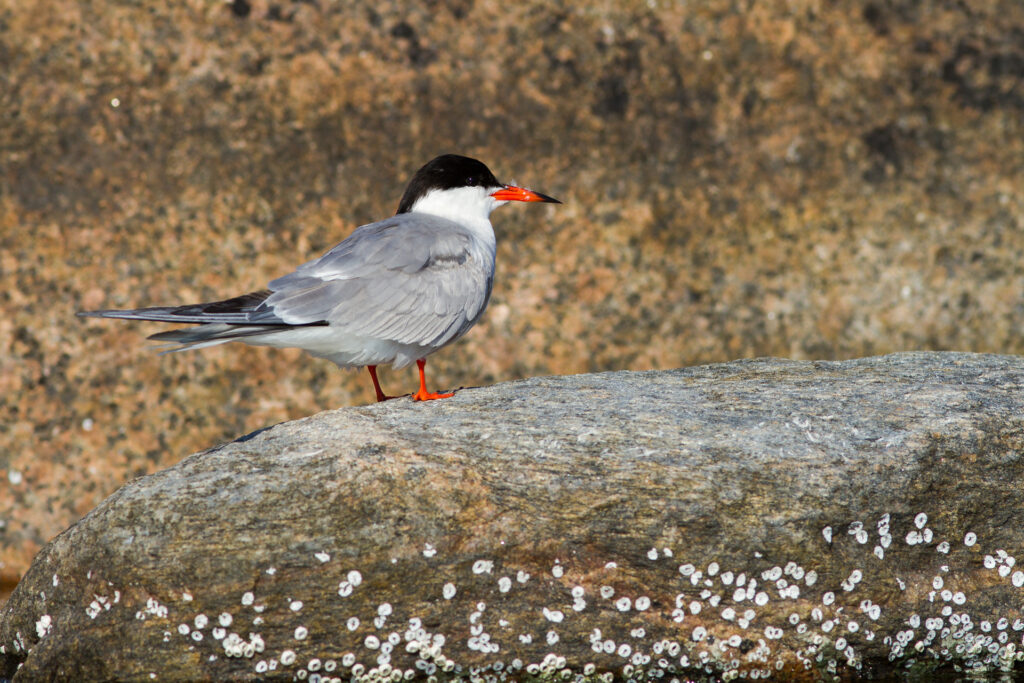
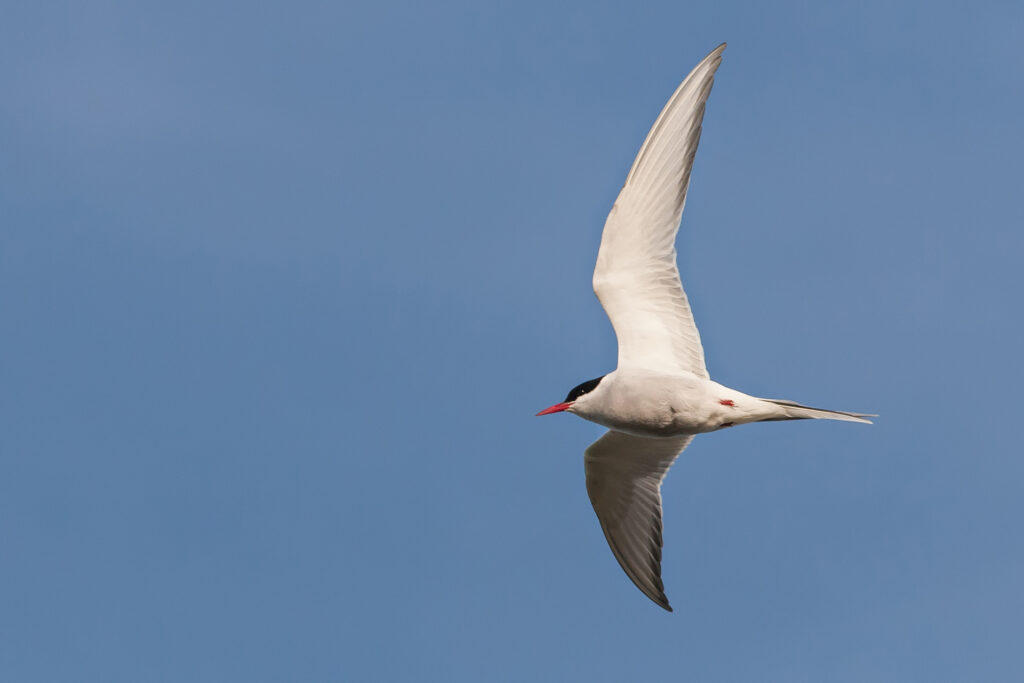
Terns can be distinguished from gulls by their slender build and light way of flying. Their vocalisations are also distinctive (‘tee-rey’ or ‘tee-ray’). Common and Arctic terns can be told apart by the following distinguishing characteristics:
- the common tern’s red beak often has a black tip
- the Arctic tern’s wing is translucent in flight and the tip has a dark back edge
- the Arctic tern’s feet are very short
- the Arctic tern’s tail is long, extending past its wingtips when the bird is sitting
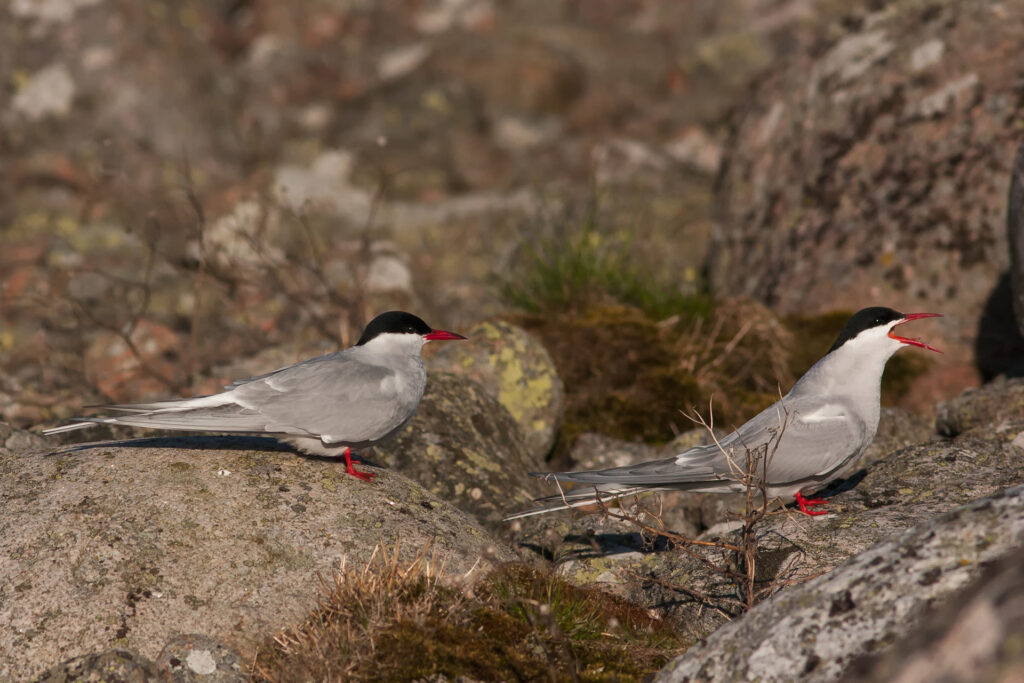
Terns are genuine globetrotters
The majority of terns nesting here in the inner archipelago are common terns. Their close relative, the Arctic tern, is more common in the outer archipelago and northern Finland. However, there are some Arctic tern pairs nesting among the common terns on Ruissalo’s islets as well. Terns travel great distances to nest here – and equal distances again when they leave in the autumn. Common terns overwinter on the coast of Africa south of the equator, but the Arctic tern is the true globetrotter: they spend their winters in the sea areas surrounding Antarctica, flying over to Finland for just a few summer months. In fact, the Arctic tern’s migration is the longest migration in the animal kingdom – up to 96,000 kilometres a year. That’s over twice the circumference of the Earth, which means that the Arctic tern, over the course of its lifetime, travels a distance corresponding to four round trips to the moon!
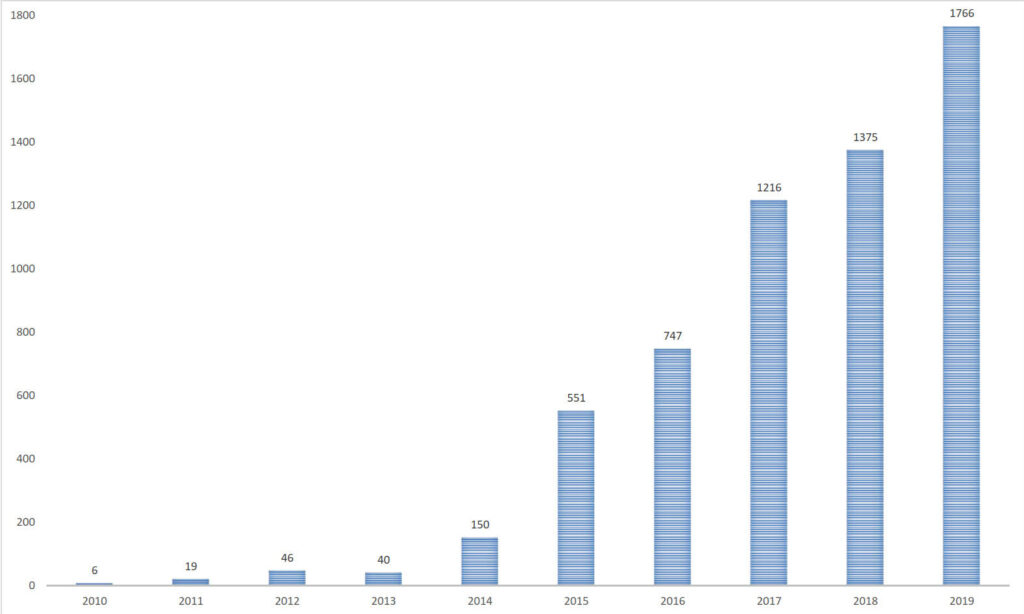
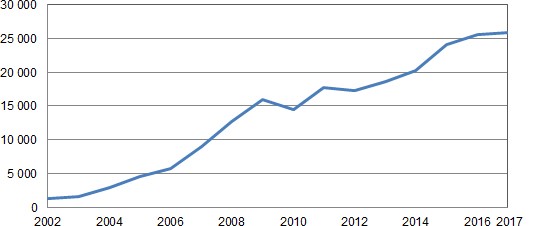
Great cormorants divide opinions, as they have a very visible impact on the vegetation of the islets that they nest on. The birds gather twigs for nest-building material, and some plant species cannot withstand the constant fertilisation by their droppings. As a result, the immediate vicinity of the birds’ nesting site is often rugged and devoid of vegetation. On the other hand, there are also plant species that benefit from such a high nutrient load and subsequently thrive near great cormorant nests.
Great cormorants feed on fish, which has caused conflicts with fishers. Despite the fact that the great cormorant is protected, some exceptional permits have been granted for removing their nests, though disturbance usually leads to the birds simply relocating to a new islet. Great cormorants are also preyed upon by white-tailed eagles – this type of natural regulation is a more sustainable solution for keeping their numbers in check.
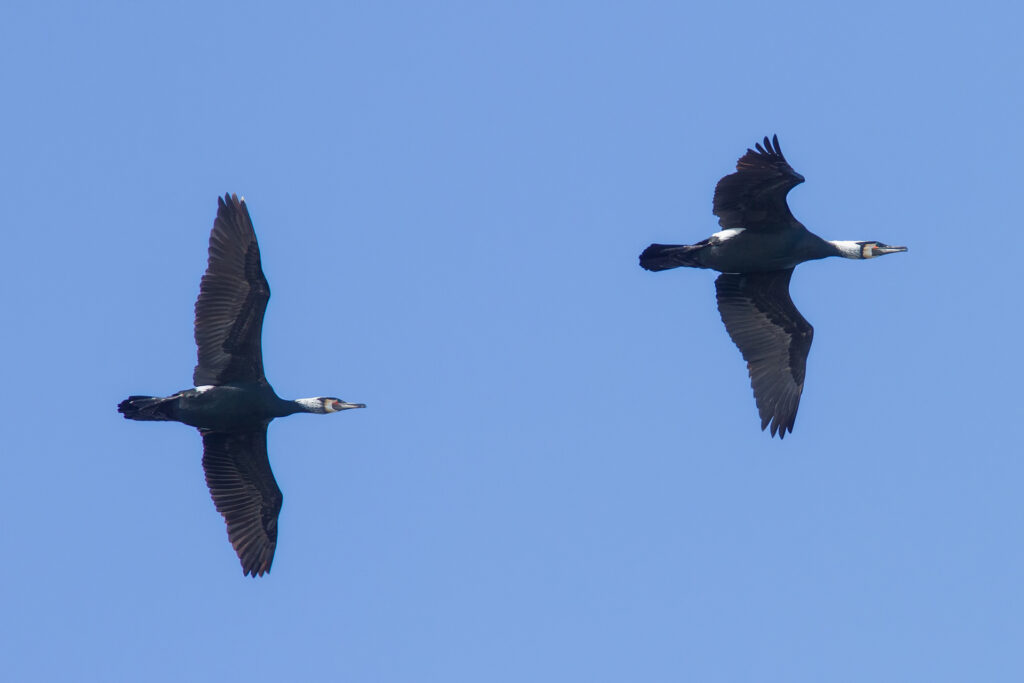
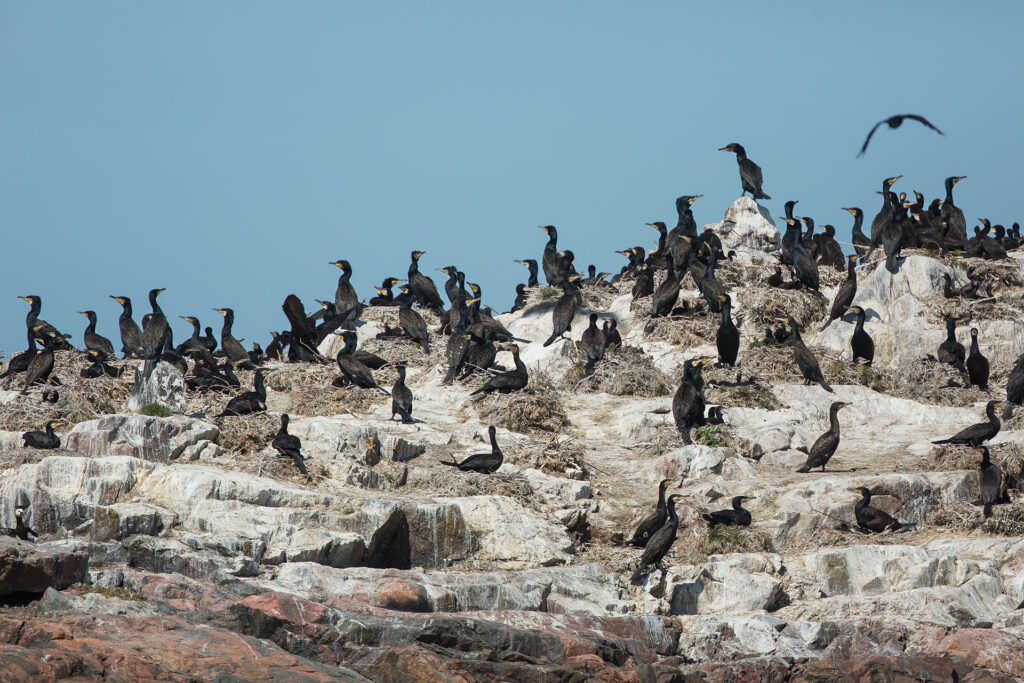
An islet seized by great cormorants
To the north of Ruissalo, the tiny islet of Äijäkari which is protected under the Nature Conservation Act, serves as a nesting site for over 1,700 pairs of great cormorants. The first great cormorants arrived on the islet in 2010, and today there is no mistaking who the rugged rock covered in droppings in the summer belongs to. The colony’s growth has been significantly accelerated by efforts to drive great cormorants away from other areas in the Archipelago Sea. The increase in the number of breeding pairs has been rapid, with what used to be a few pairs growing into a large colony in under ten years. Nationwide the cormorant population is about to reach its natural peak and the bird counting in 2019 showed that cormorant population has already decreased slightly in Finland.
The reasons why the eider has become endangered and even the development of its conservation status vary in different parts of the Finnish coast. The primary reason why eiders have disappeared from the outer islets of the Finnish Archipelago Sea seems to be increasing predation pressure from white-tailed eagles, which is directed particularly at the productive part of the population, meaning mature females.
There are still some breeding eiders nesting on the forested islets surrounding Ruissalo, however. Hopefully this beautiful and sympathetic species will continue to be part of the range of bird species found on the shores of Ruissalo in the future as well.
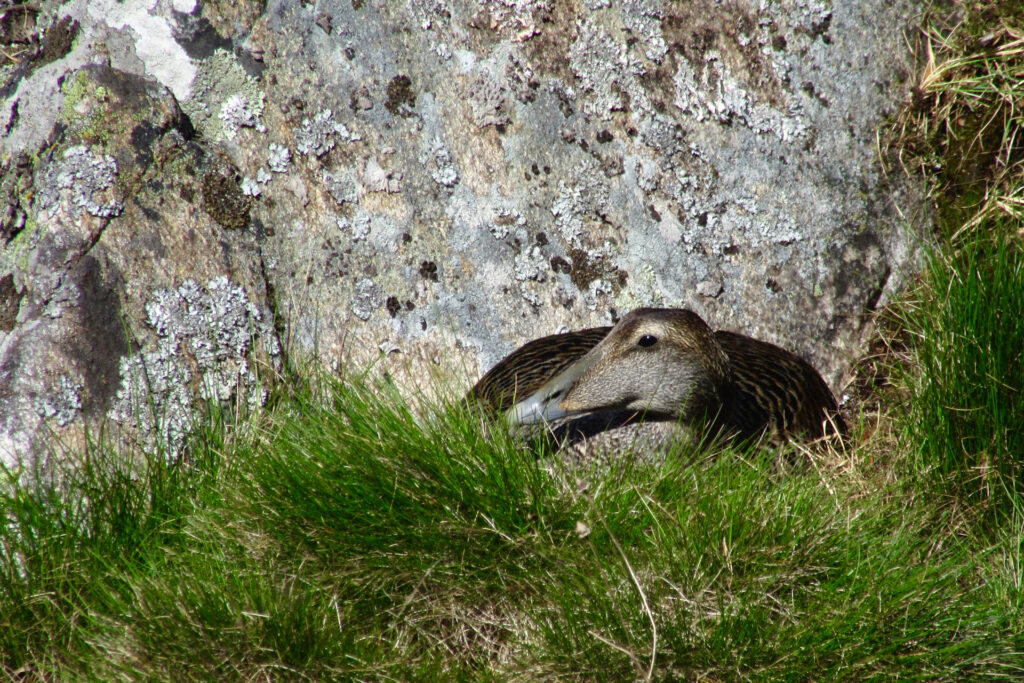
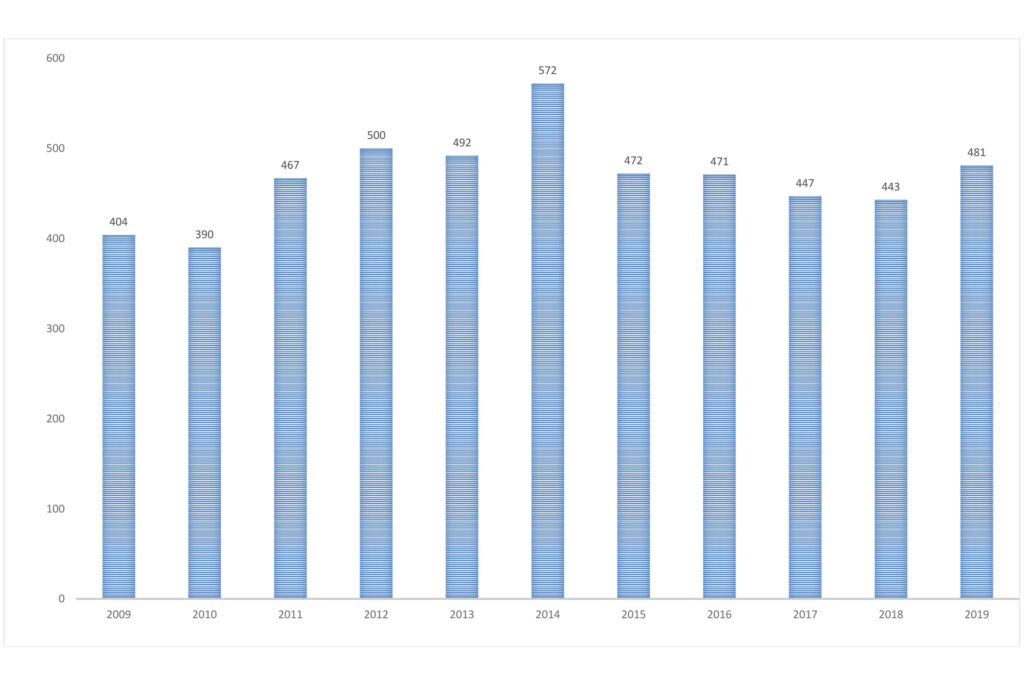
The formerly common eider is now endangered
The hollow “a-UO-auuo” calls of male eiders in the spring and the tireless squawking of female eiders on summer mornings as they shepherd their young are some of the most beloved sounds of the archipelago for many Finns. Unfortunately, the formerly highly common eider is not doing very well these days: in the 2019 assessment of threatened species, the eider was classified as an endangered species. The most common diving duck found in Finland, the eider has practically disappeared from the outer islets of the Finnish Archipelago Sea, in addition to which the inner archipelago population is also slowly declining.
Nowadays the first of the barnacle geese nesting in the Ruissalo area arrive as early as late March. In early spring, the geese gather in the manor fields to feed. As soon as the sea is free of ice, old birds seek out their familiar nesting islets. By the end of April, the entire nesting population will have arrived and the first nests already have eggs incubating in them. Arctic barnacle geese do not fly past Finland until mid-May, but since their migration route follows the Gulf of Finland, these birds are seldom seen on Ruissalo.
In the autumn, the geese nesting around Ruissalo start their migration at the same time as Arctic geese fly past Finland, around mid-October.
The barnacle goose is one of the species protected under the EC Habitats Directive, in addition to which it is protected under the Finnish Nature Conservation Act, as a result of which it is not hunted.
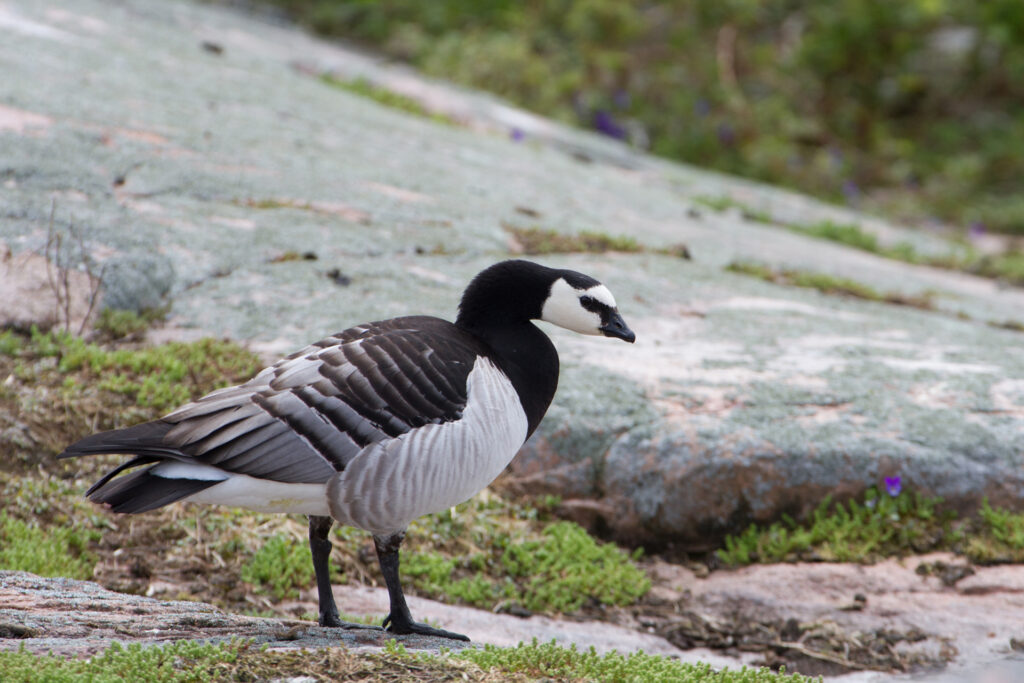
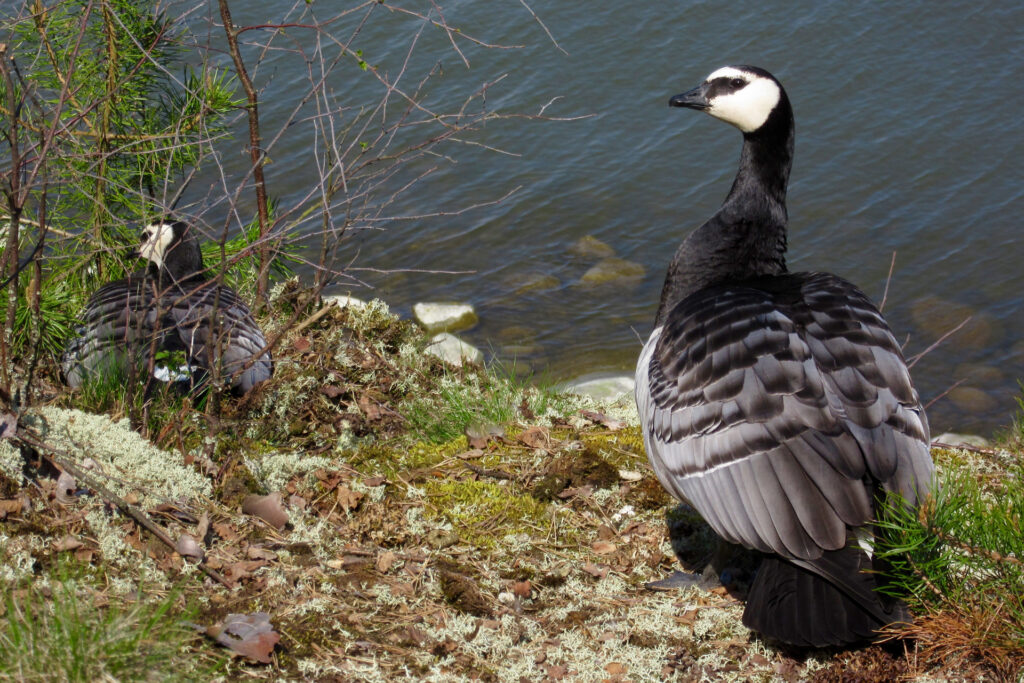

The barnacle goose thrives on Ruissalo
The Arctic barnacle goose’s nesting history in the Baltic Sea area began in 1971 in Gotland, where large migration flocks regularly stop to rest. One of the earliest cases of the barnacle goose nesting in Finland was recorded in 1985 when a pair of geese nested on the islet of Kaletto off the coast of Ruissalo for the first time. One of these two birds is known to have been born at Skansen Zoo in Sweden. Finland’s barnacle goose population remained low, at 1–3 pairs, for ten years, but started growing around the turn of the millennium. Population growth in northern Airisto has been rapid, but seems to have plateaued for now. All of Ruissalo’s barnacle geese nest on the islets surrounding the main island. The most unusual nesting site is the islet of Kukkarokivi, where chicks have to drop down over ten metres to reach the sea.


